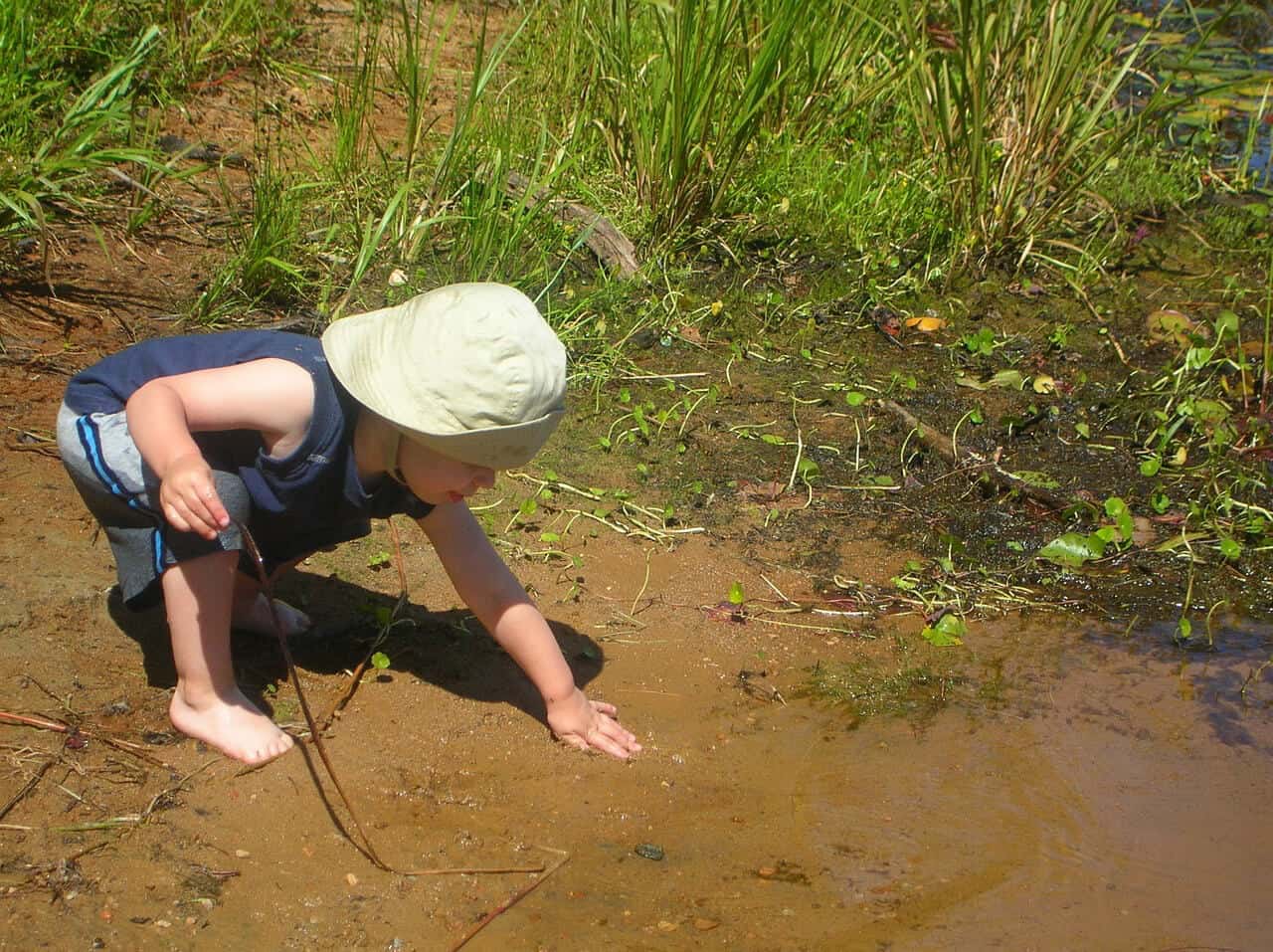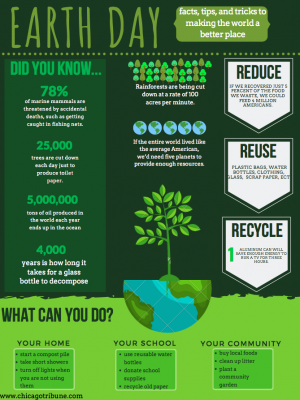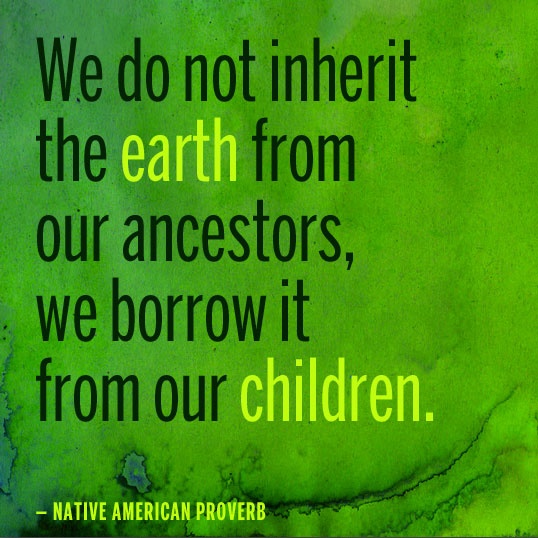Table of Contents
- Earth Day Facts & History: Everything You Need to Know
- Earth Day Facts: 2019 – The Highlander Online
- 7 Eye-Opening Facts for Earth Day | Mashable - YouTube
- Earth Day Facts and History | TTI Environmental, Inc.
- April | 2017 | Know-It-All
- Earth Day: How it began, and how it helps the planet
- Earth Day Facts and Fun – Tea Time
- With The Celebration Of The Planet Coming Up, These 29 Earth Day Facts ...
- Earth Day Facts & History: Everything You Need to Know | Global travel ...
- Earth Day Facts: When It Is, How It Began, What to Do
Embracing a Greener Tomorrow: The Evolution of Earth Day

As the world grapples with the challenges of climate change, environmental degradation, and conservation, one day stands out as a beacon of hope and collective action: Earth Day. Observed annually on April 22nd, Earth Day has become a global phenomenon, inspiring individuals, communities, and nations to embrace a more sustainable and environmentally conscious lifestyle. But have you ever wondered how this movement began? In this article, we'll delve into the fascinating history of Earth Day and its profound impact on driving environmental change.

The concept of Earth Day was first conceived by Gaylord Nelson, a U.S. Senator from Wisconsin, in 1969. Nelson, an avid environmentalist, was deeply concerned about the devastating effects of pollution, deforestation, and wildlife extinction. He envisioned a national day of awareness that would bring attention to these pressing issues and mobilize the public to take action. On April 22, 1970, the first Earth Day was born, with an estimated 20 million Americans participating in rallies, protests, and educational events across the country.

The inaugural Earth Day was a resounding success, sparking a wave of environmental activism that continues to this day. The event caught the attention of the U.S. government, leading to the creation of the Environmental Protection Agency (EPA) and the passage of landmark legislation such as the Clean Air Act and the Clean Water Act. These laws have had a profound impact on reducing pollution, protecting natural resources, and promoting sustainable development.

Over the years, Earth Day has evolved into a global movement, with over 190 countries participating in celebrations and initiatives. The day has become a catalyst for environmental innovation, inspiring individuals to adopt eco-friendly practices, reduce their carbon footprint, and support organizations working towards a more sustainable future. From reducing plastic waste to promoting renewable energy, Earth Day has become a powerful symbol of collective action and environmental stewardship.

As we look to the future, the importance of Earth Day cannot be overstated. Climate change, biodiversity loss, and environmental degradation pose significant threats to our planet and its inhabitants. However, by working together and embracing sustainable practices, we can create a better world for generations to come. This Earth Day, let us recommit to reducing our environmental impact, supporting eco-friendly policies, and inspiring others to join the movement towards a greener tomorrow.

Get Involved:

- Reduce your carbon footprint by using public transport, carpooling, or driving electric vehicles
- Use eco-friendly products, recycle, and compost to minimize waste
- Support organizations working towards environmental conservation and sustainability
- Participate in local Earth Day events, rallies, and initiatives
- Spread awareness about environmental issues and inspire others to take action

Together, we can make a difference and create a more sustainable future for our planet. Join the Earth Day movement and let us work towards a greener, more environmentally conscious world.
